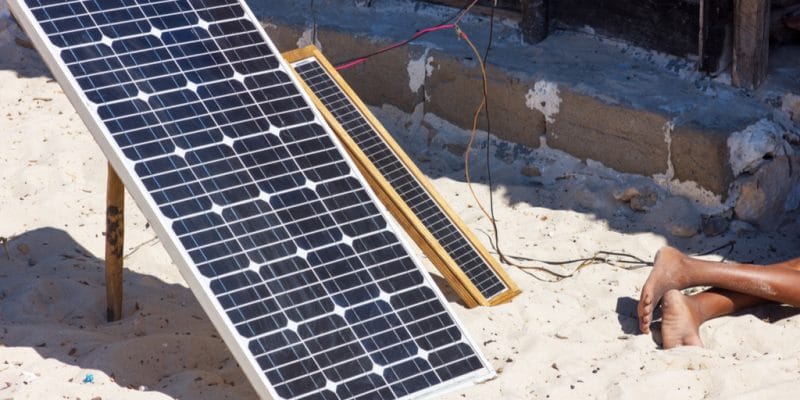Three Western companies are already active in the solar mini-grid market in East Africa. These are Jaza Energy, M-Kopa energy, two Canadian companies and the British company Bboxx. They are represented in Kenya, Tanzania, Rwanda and Uganda.
The off-grid solar energy market is dynamic in East Africa. The climate is favourable for the establishment of many companies. Many of them are already finding a place in the sun. For example, the British company Bboxx has been making more and more headlines in recent months, with an investment of $31 million from Africa Infrastructure Investment Managers (AIIM) for its deployment in Kenya, Rwanda and the Democratic Republic of Congo (DRC).
Other companies are also present in the field. Such is the case with Jaza Energy and M-Kopa energy, two Canadian companies that offer mini solar grids to people in remote villages not served by the electricity grid.
The case of M-Kopa energy
M-Kopa energy is currently present in three East African countries: Tanzania, Uganda and Kenya. The mini-grids installed in homes consist of a solar panel, a battery, light bulbs and charging stations for mobile phones. This allows K-Kopa Energy customers to pay the necessary fees for the acquisition of the system, via mobile banking. “Our customers pay the equivalent of about 50 cents a day via the phone. Over time, a year or two, they manage to buy their solar system, the same way you would take a mortgage from a bank to buy your home,” says Jesse Moore, CEO and co-founder of K-Kopa energy.
Jaza Energy in Tanzania
M-Kopa, established eight and a half years ago, has connected more than 700,000 homes to solar energy in East Africa, with a current rate of 500 new homes each day. The company also claims that by using solar energy to light homes, its customers save the equivalent of 75 million hours of kerosene that would otherwise burn, emit smoke and emit greenhouse gases that cause climate change.
For its part, Jaza Energy, which distributes its systems on a smaller scale, has decided to focus on Tanzania since its launch in 2016. On site, the company has already supplied electricity to 2,000 households, representing no less than 10,500 people. The young company only distributes systems in the villages that run on batteries.
In concrete terms, in one locality, the SME will set up a charging centre to supply energy using solar panels. People come to exchange their weak batteries for an already charged one. The company estimates that a single charging point serves 100 households in a village. Unlike other mini-grid providers, its customers do not pay bills by mobile money. They pay them directly to the agent who is responsible for recharging the batteries. These different companies do not compete directly in the field. It is to be hoped that their arrival in large numbers will contribute to further reducing electricity prices.
Jean Marie Takouleu







